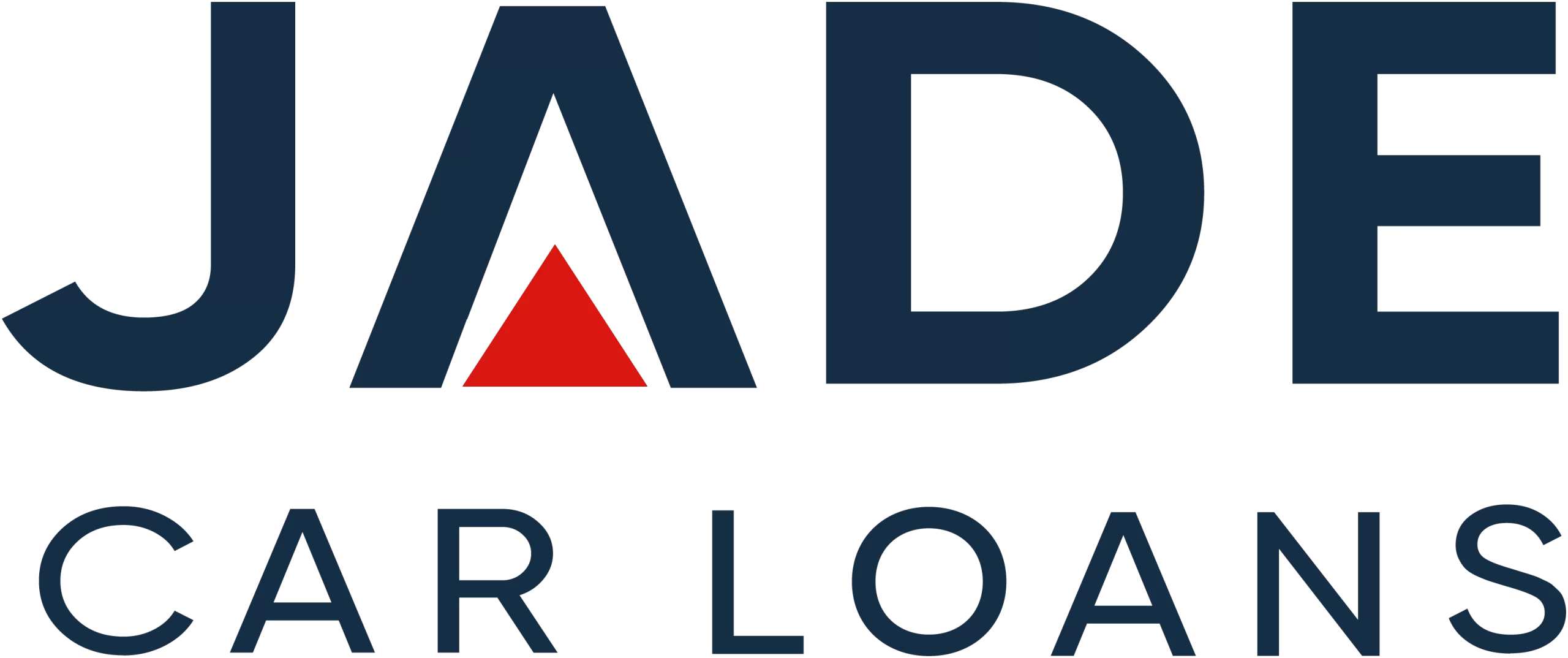In holding interest rates steady in April, the Reserve Bank (RBA) Board made it very clear that the purpose was to gather further information. Key to that information was the quarterly inflation figures.
The Australian Bureau of Statistics (ABS) has now released that data and figures throw doubt on how the RBA will go with its May decision – hold or increase.
The ABS releases the CPI data monthly, but seasonal factors can contribute to fluctuations in individual months. That was very evident in the effect of high price rises in holiday travel on the December figures. The quarterly figures provide a better overview.
From the peak in the December quarter, annual inflation has fallen to 7% by the end of March. That is down from 7.8% based on the figures available for February.
The ABS has released the data for March and the quarter ending March. Prices did rise for the quarter by 1.4%, which was above most forecasts. But the increase was the smallest rise for a quarter in over a year.
While the pace of increases in many sectors has slowed, some areas still record high rates, indicating that the economy's inflationary pressures are still strong. While the 7% will be welcome, it must be noted that the RBA's target is 2-3%. Inflation is still very high.
The RBA Board will consider the data when arriving at their monetary policy decision—a decision that typically flows through motor vehicle finance lending.
ABS CPI Report
The ABS monthly figures for March report that the most significant contributors were Housing, Food and Furnishings, and household equipment. It was the third month in a row that an easing has been recorded.
About the quarterly data, Ms Michelle Marquardt, the Bureau's head of prices statistics, said that while price rises were recorded for most goods and services, the rises were smaller than in the past quarters.
The Quarterly CPI Data reveals: -
- CPI increased 1.4% for the March quarter.
- The annual rate was 7% for March, down from 7.8% for the December quarter.
- Most significant price increases in Medical and hospital, Tertiary education; Gas and fuels for households; and domestic travel for holidays.
- Price rises moderated for the quarter. Goods inflation has eased, but services inflation is still high.
- Price increases for new dwellings continue to ease due to an easing in materials supply.
- Rents posted the largest increase annually since 2010.
Ms. Marquardt explained that medical and hospital services prices typically increase this quarter. Providers review their fees following the reset of the Medicare Safety Net at the beginning of the year.
Health insurance premiums from some providers were increased in January. Price rises in the tertiary education sector were explained by Ms Marquardt as fees were indexed at the beginning of the year.
As food prices continued to increase, Ms Marquardt said that the shortage of potatoes due to the late 2022 wet weather increased prices for potato crisps and frozen products. Weather events also impacted fruit prices.
Ms. Marquardt highlighted the difference in goods and services inflation. Noting that the annual rate for goods of 7.6% was down on the December quarter's 9.5%. But in the services area, the annual rate of 6.1% is up on December's 5.5%.
Vehicle Finance Interest Rates Indications and Implications
With this important inflation data released, attention turns to the RBA's rate decision on 2 May. While inflation is easing, it is still strong in some areas. According to reports, the market and analyst reactions appear to be divided.
Some hold with the forecast for a further 0.25% increase, while others consider the March quarter inflation result will result in another pause. The RBA Governor did indicate further rate increases may be likely.
For new car buyers requiring personal car finance, releasing the latest inflation figures can have dual significance. First, in what their household and business budgets may look like in the time ahead. Knowing which areas prices are increasing may provide insights for budgeting on discretionary and non-discretionary purchases.
Secondly is the significance of interest rates on personal vehicle finance. Despite easing in the March quarter, inflation is still high, highlighting buyers' importance in securing cheaper car finance to ease budget pressures.
Why Use Jade Car Loans
Securing a cheap business car loan interest rate on personal or commercial vehicle financing the monthly loan commitment and the impost on the household budget or business cash flow. While our lenders will respond to RBA rate decisions, we are committed to achieving better rates across our loan portfolio. Simply put, we offer you cheap car loan interest rates when most will not.
Contact Jade Car Loans at 1300 000 003 for cheaper car loan interest rates.
DISCLAIMER: REGARDING MISREPRESENTATIONS AND ERRORS CONTAINED IN THE MATERIAL AS PRESENTED, LIABILITY IS NOT ACCEPTED. THE DETAILS AND CONTENT IS PROVIDED FOR CAR BUYERS AND INDIVIDUALS AND BUSINESS SEEKING FINANCE PURELY AS GENERAL INFORMATION. THIS IS NOT PROVIDED AS THE ONLY SOURCE OF FINANCIAL INFORMATION. ANYONE THAT CONSIDERS THAT THEY NEED FINANCIAL ADVICE ABOUT THEIR SPECIFIC REQUIREMENTS SHOULD SEEK THEIR FINANCIAL ADVISOR.


